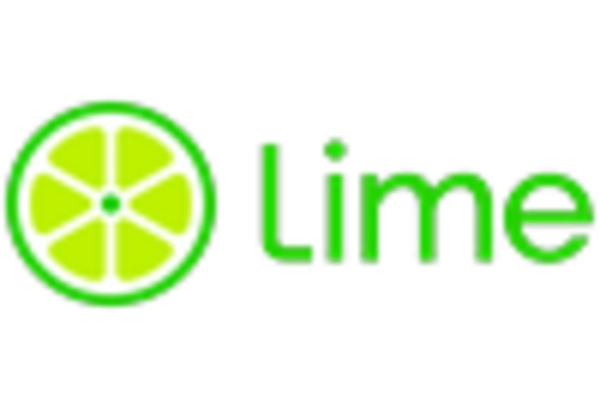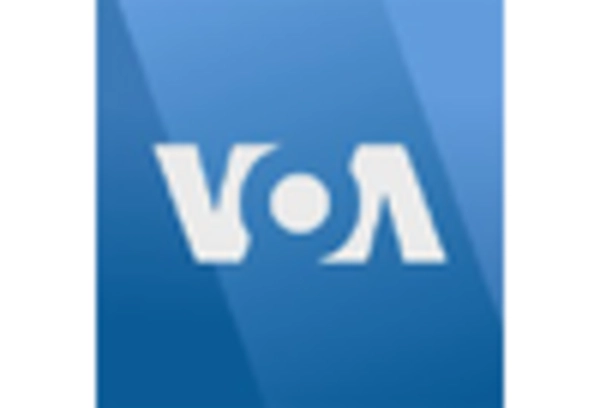Technological Advancements
Technological innovations are significantly influencing the micro mobility market in Germany. The development of advanced battery technologies, GPS tracking, and mobile applications has enhanced the user experience and operational efficiency of micro mobility vehicles. For instance, improvements in battery life and charging infrastructure have made e-scooters and e-bikes more appealing to consumers. Data indicates that the adoption of smart mobility solutions is expected to increase by 20% in the coming years, driven by these technological advancements. Furthermore, the integration of IoT (Internet of Things) in micro mobility services allows for real-time data collection and analysis, which can optimize fleet management and user engagement. This technological evolution appears to be a crucial factor in the sustained growth of the micro mobility market.
Changing Consumer Preferences
The evolving preferences of consumers are reshaping the micro mobility market in Germany. Younger generations, in particular, are gravitating towards flexible and convenient transportation solutions that fit their lifestyle. The rise of the sharing economy has also influenced this shift, with many individuals opting for shared micro mobility services rather than ownership. Data suggests that the usage of shared e-scooters and e-bikes has increased by 30% in urban areas over the past year. This change in consumer behavior indicates a growing acceptance of micro mobility as a viable transportation option. Additionally, the convenience of app-based services allows users to easily access and utilize these vehicles, further driving market growth. The micro mobility market appears well-positioned to capitalize on these changing consumer dynamics.
Government Initiatives and Support
Government initiatives play a crucial role in shaping the micro mobility market in Germany. Various local and federal policies are being implemented to promote sustainable transportation solutions. For example, the German government has allocated approximately €300 million to support the development of infrastructure for micro mobility, including dedicated lanes and parking facilities. Such investments are likely to enhance the safety and accessibility of micro mobility options, encouraging more users to adopt these modes of transport. Additionally, regulatory frameworks are being established to ensure the safe operation of e-scooters and e-bikes, which may further bolster consumer confidence. The proactive stance of the government indicates a commitment to integrating micro mobility into the broader transportation strategy, potentially leading to increased market growth.
Urbanization and Population Density
The rapid urbanization in Germany is a pivotal driver for the micro mobility market. As cities expand and population density increases, the demand for efficient transportation solutions rises. In urban areas, where traditional vehicles may face congestion, micro mobility options such as e-scooters and e-bikes provide a practical alternative. According to recent data, urban areas in Germany have seen a population growth of approximately 5% over the last decade, leading to a greater need for accessible transport. This trend suggests that the micro mobility market could experience substantial growth as more individuals seek convenient and eco-friendly commuting options. The integration of micro mobility solutions into urban planning is likely to enhance their adoption, further solidifying their role in the transportation ecosystem.
Environmental Awareness and Sustainability
Growing environmental awareness among consumers is a significant driver for the micro mobility market in Germany. As individuals become more conscious of their carbon footprint, there is a noticeable shift towards sustainable transportation options. The micro mobility market aligns well with these values, offering eco-friendly alternatives to traditional vehicles. Recent surveys indicate that approximately 70% of urban residents in Germany prefer using sustainable transport methods, which bodes well for the adoption of e-scooters and e-bikes. This trend is further supported by the European Union's commitment to reducing greenhouse gas emissions, which encourages the use of low-emission transport solutions. The increasing emphasis on sustainability is likely to propel the micro mobility market forward, as consumers seek greener commuting options.

















Leave a Comment